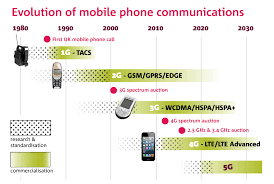SHARE WITH FRIENDS:
Mavzu: 3G is the third generation of mobile communication systems
Plan:
-
3G is the third generation of standards
-
3,5G generation standards
-
3,75G generation standards
-
3G is the third generation of cellular communication systems
-
Development history of 3G systems
-
Construction principles of 3G systems
-
3G standards
